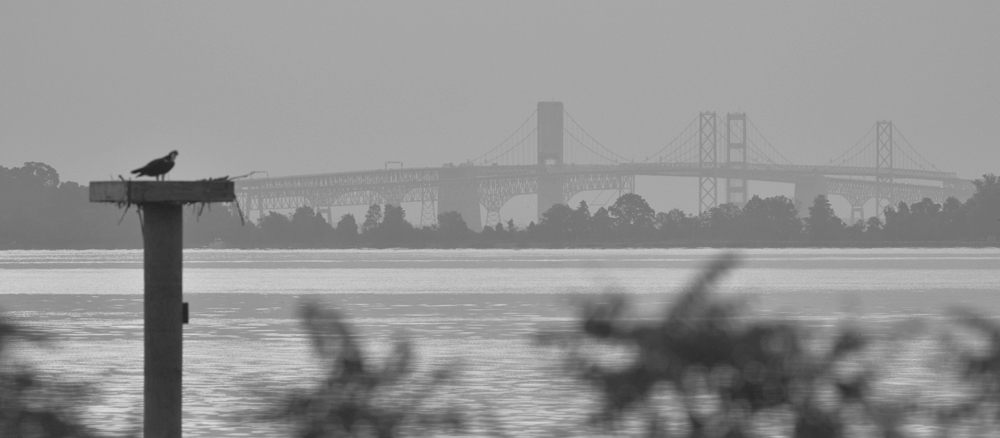The weatherman promised warm (50) and sunny, and he delivered. I’m not a fan of driving long distances, but Blackwater has been so good that I made the trip again.
I was greeted by a beautiful Cooper’s Hawk and went on to get two life birds (Northern Pintail and Common Merganser).
Bald Eagles and Hawks were present in abundance, as well as a few nice ducks.
The trip doesn’t seem so long now.

This Northern Pintail is the first I’ve seen.
Cornell:
“The Northern Pintail is among the earliest nesting ducks in North America, beginning shortly after ice-out in many northern areas.”


It’s very common to see an American Kestrel perched on the wires by the side of a country road, but they usually fly off if you stop for a photo op.
Cornell:
“North America’s littlest falcon, the American Kestrel packs a predator’s fierce intensity into its small body. It’s one of the most colorful of all raptors: the male’s slate-blue head and wings contrast elegantly with his rusty-red back and tail; the female has the same warm reddish on her wings, back, and tail. Hunting for insects and other small prey in open territory, kestrels perch on wires or poles, or hover facing into the wind, flapping and adjusting their long tails to stay in place. Kestrels are declining in parts of their range; you can help them by putting up nest boxes.”





































